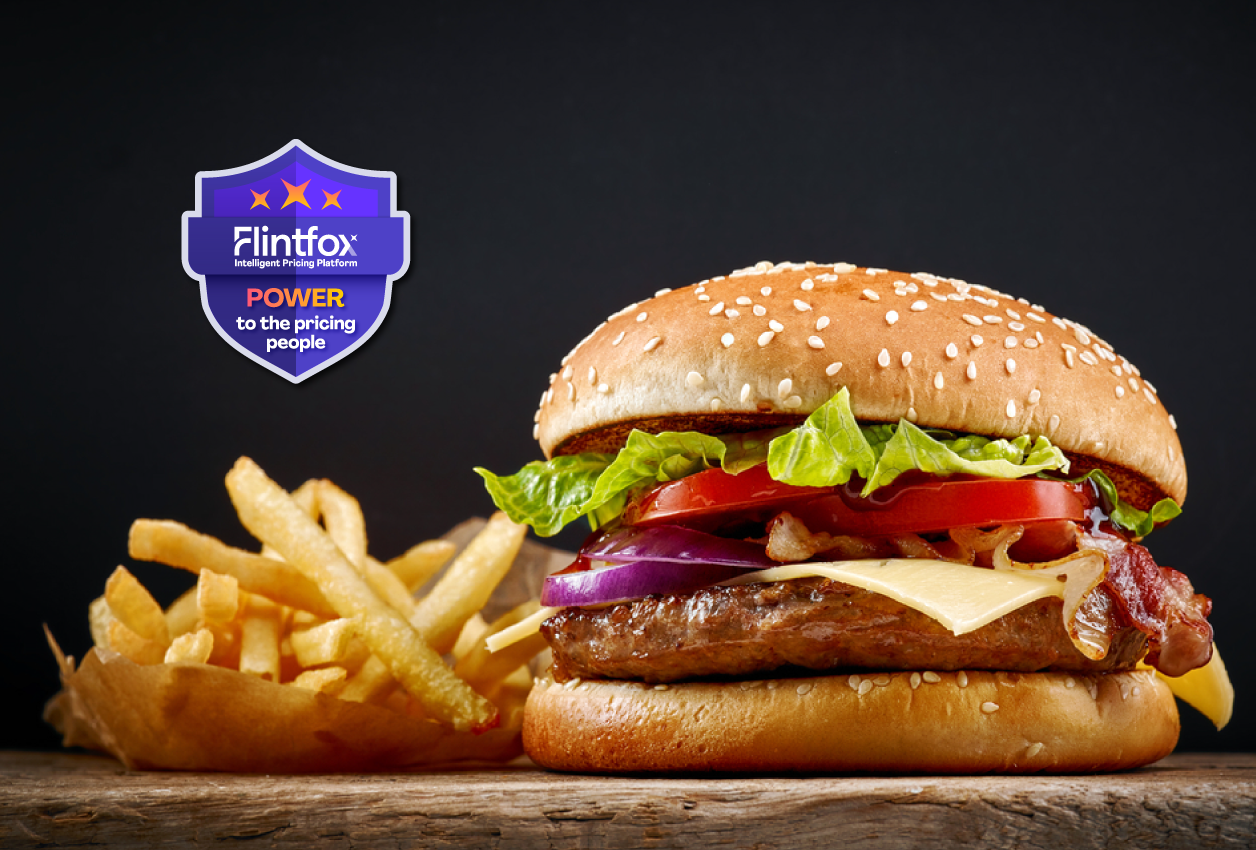With so much change and disruption in the world of pricing right now, it can feel challenging to stay on top of all the latest updates shaking up the space. That is why we recently launched our brand new series, Power to the Pricing People, where we summarise the latest news from around the pricing world to share with our pricing pals.
Follow us on LinkedIn and YouTube to watch each episode or read on for the latest updates.
A third of Britons buy mostly own-brand supermarket goods
Research from YouGov has revealed the buying habits of Britons when it comes to branded versus own-brand supermarket products. The survey revealed that a third of British consumers prefer to add supermarket own-brand products to their carts, rather than choosing branded alternatives, 29% opt for known brand goods, and another third alternate between the two. Though when looking at specific product categories, the winner of branded vs own-brand varied depending on the product and where the consumer shopped. Categories where shoppers were more likely to opt for branded goods, included tea and coffee, confectionery, and personal care products such as toothpaste, shampoo, and conditioner.
See the full branded vs own-brand breakdown.
Price dispute threatens to remove Dilmah tea bags from Australian supermarkets
A popular brand of teabags in Australia is threatening to pull its products from shelves if pay disputes with supermarkets can’t be resolved. According to Dilmah Tea, supermarket giants Coles and Woolworths are placing unreasonable pricing pressure on the brand which they say could result in the product no longer being stocked in Australia. Despite being the 10th biggest tea brand in the world, Dilmah hasn’t made a profit in Australia since 2009 and its sales have dropped from $37 million to $29 million in the country over the last five years.
Read more on the tea trouble brewing.
Fashion brand Telfar introduces dynamic demand-driven pricing model
In a very unusual move from a luxury brand, fashion label Telfar has introduced a ‘live price’ pricing model for its latest collection, where customers set prices for items based on demand. Under the model, items are listed for sale initially at the wholesale price, which then increases slowly until the item sells out. The price the item sells out at will be the set price for future collections, with more popular items remaining the cheapest. The pricing strategy supports the affordability of Telfar’s most popular items and allows the brand to optimize production levels for future products.
Find out more about the pricing model and its response from retail experts.
Tracking all the latest news developments can seem overwhelming, but that doesn’t mean your pricing strategy should be. Flintfox’s intelligent pricing platform takes the guesswork out of pricing so you can execute with precision. Chat to us to find out how.












